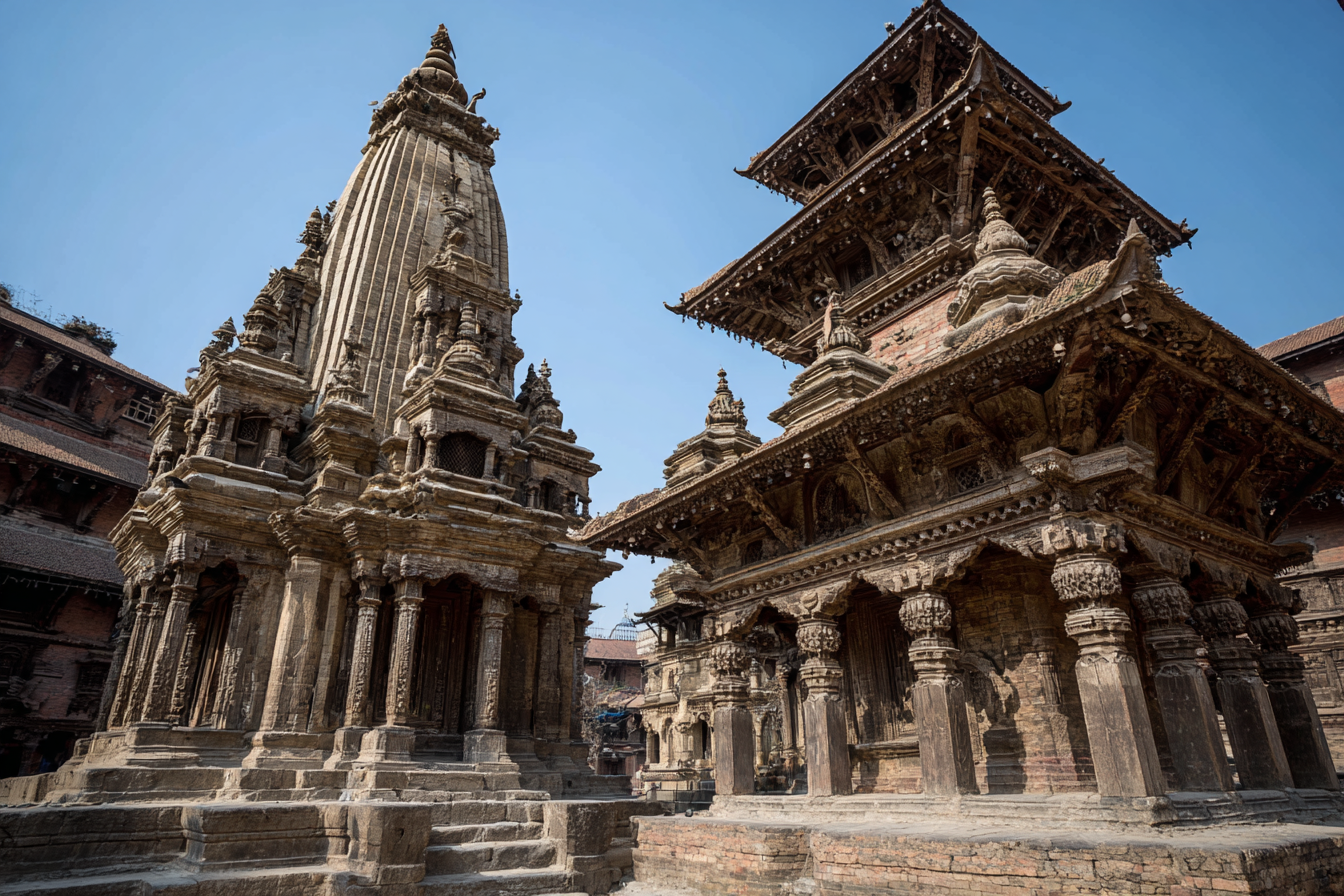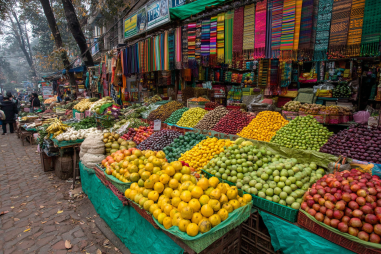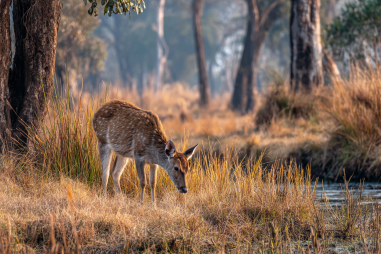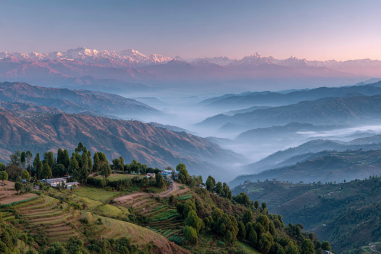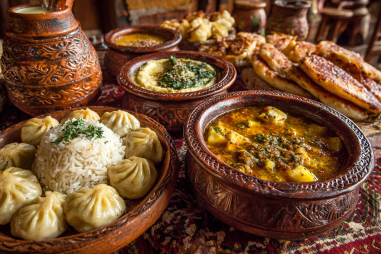Patan, one of the oldest cities in Nepal, is a living museum of rich cultural heritage and religious architecture. Known locally as Lalitpur, meaning “City of Fine Arts,” Patan is celebrated for its stunning temples and intricate architectural designs that span centuries. These sacred sites not only serve as places of worship but also showcase the masterful craftsmanship of Newar artisans. As you explore Patan’s temples, you journey through a legacy of devotion, artistry, and cultural identity, making the city a UNESCO World Heritage treasure.
Religious Architecture in Patan: An Introduction
The religious architecture of Patan represents a blend of Hindu and Buddhist traditions, mirroring the spiritual diversity that defines Nepal. The city’s temples are primarily built in the traditional Newar style, characterized by multi-tiered pagoda roofs, elaborate woodwork, and stone carvings. Many temples date back to the Malla period (12th–18th centuries), a time when Patan flourished as a cultural and religious hub. These structures aren’t merely architectural feats; they are symbolic representations of cosmic order and spiritual beliefs embedded deeply in local culture.
Major Temples in Patan
Patan is peppered with numerous temples that draw visitors from around the world. Here are some of the most significant ones that allow you to witness the grandeur and spiritual symbolism of the city:
Kaiser Mahal and Hiranya Varna Mahavihar
While primarily known for its palatial structures, Kaiser Mahal is surrounded by smaller temples intricately carved and enhanced with gilded roofs. Nearby, the Hiranya Varna Mahavihar—also called the Golden Temple—is a sacred Buddhist monastery dating back to the 12th century. Famous for its beautifully gilded façade, it stands as a testament to the architectural finesse and religious devotion of the artisans who built it.
Patan Durbar Square Temples
The heart of Patan’s cultural scene is Durbar Square, hosting a concentrated cluster of temples and shrines. Among these, the Krishna Mandir is a masterpiece carved entirely out of stone without any supporting wood. Built in the 17th century, it is dedicated to Lord Krishna and is an iconic example of Shikhara-style architecture, blending traditional Newar motifs with northern Indian temple styles.
Bhimsen Temple
Dedicated to Bhimsen, the god of commerce and prosperity, this temple is particularly important for the local trader community. Its façade is adorned with intricately carved wooden windows and struts featuring mythical figures, deities, and protective symbols—highlighting the syncretic nature of Patan’s artistry.
Architectural Styles and Motifs in Patan’s Temples
The architectural vocabulary of Patan’s temples is a rich tapestry woven from religious symbolism and artistic expression. Predominantly, the temples adhere to the traditional Newar style, characterized by tiered roofs supported by elaborately carved wooden struts.
Some key architectural features include:
- Pagoda Roofs: These multi-tiered roofs are often topped with gilded finials and intricately shaped eaves, which provide protection from the temperate monsoon climate and add to the temple’s majestic profile.
- Stone and Wood Carvings: The walls, windows, and doors are lavishly decorated with narratives from Hindu epics, Buddhist symbolism, and mythological creatures such as dragons, lions, and garudas. This intricate detailing serves both aesthetic and spiritual functions.
- Stupas and Chaityas: Smaller Buddhist shrines, often featuring hemispherical domes and prayer wheels, are scattered around Patan and echo the city’s deep Buddhist influence.
- Shikhara Elements: While the pagoda style dominates, some temples like Krishna Mandir incorporate Shikhara towers, which are more vertical and sculptural, reflecting northern Indian influences.
These motifs are not simply decorative; they tell stories, convey religious teachings, and create an immersive environment for worshippers and visitors alike.
The Cultural and Religious Significance of Patan’s Temples
Temples in Patan are integral to the city’s spiritual life and community identity. They serve as hubs for rituals, festivals, and daily worship, fostering a strong connection between the people and their faith. Festivals like Rato Machhindranath, Krishna Janmashtami, and Buddha Jayanti see the temples come alive with vibrant celebrations that showcase traditional music, dance, and processions.
Many temples also function as centers for education and social gatherings. The combination of Hindu and Buddhist temples in close proximity symbolizes the harmony between these faiths that have coexisted for centuries in this region. Artisans, priests, and devotees work together to maintain the sanctity and cultural relevance of these sacred spaces.
Preservation and Restoration Efforts
Over centuries, natural calamities such as earthquakes and general wear have threatened the structural integrity of Patan’s temples. Recognizing their cultural importance, both local communities and international organizations have undertaken significant preservation efforts.
The 2015 earthquake in Nepal caused considerable damage to many temples, sparking a renewed focus on sustainable restoration practices. Architects, craftsmen, and conservationists have collaborated to repair damage while maintaining authenticity—using traditional materials and construction techniques wherever possible. UNESCO’s involvement has also been pivotal in providing technical expertise, funding, and raising global awareness about the importance of protecting these irreplaceable monuments.
Visitor Guidance: Exploring Patan’s Temples
Visiting Patan’s temples is a memorable experience for travelers interested in history, architecture, and spirituality. Here are a few tips to make your visit rewarding and respectful:
- Timing: Temples are generally open during daylight hours, but mornings are best to avoid crowds and experience the peaceful atmosphere.
- Dress Code: Dress modestly, covering shoulders and knees, and remove shoes before entering sacred areas.
- Photography: While many temples allow photography, it is polite to ask permission, especially during rituals.
- Local Guides: Hiring a knowledgeable local guide can vastly enrich your understanding by explaining the intricate symbolism and history behind each temple.
- Respect Customs: Observe local customs, refrain from touching sacred objects unnecessarily, and avoid loud behavior within temple premises.
Exploring Patan’s temples is best done at a leisurely pace, allowing time to appreciate the details and soak in the spiritual ambiance.
Appreciating Patan’s Sacred Spaces
Patan’s temples offer more than just visual splendor—they are living archives of the city’s soul, bridging past and present through architecture, art, and devotion. Each temple tells a story of faith, artistic mastery, and community resilience. Whether you are an architecture enthusiast, history buff, or spiritual seeker, wandering through Patan’s sacred spaces leaves an indelible impression and deepens appreciation for Nepal’s cultural riches.
As you admire the tiered roofs, delicate carvings, and the harmonious blend of Hindu and Buddhist elements, you become part of a legacy that celebrates human creativity and spirituality. Patan’s temples stand as timeless beacons, inviting visitors to explore, learn, and reflect on the profound heritage that continues to inspire generations.

